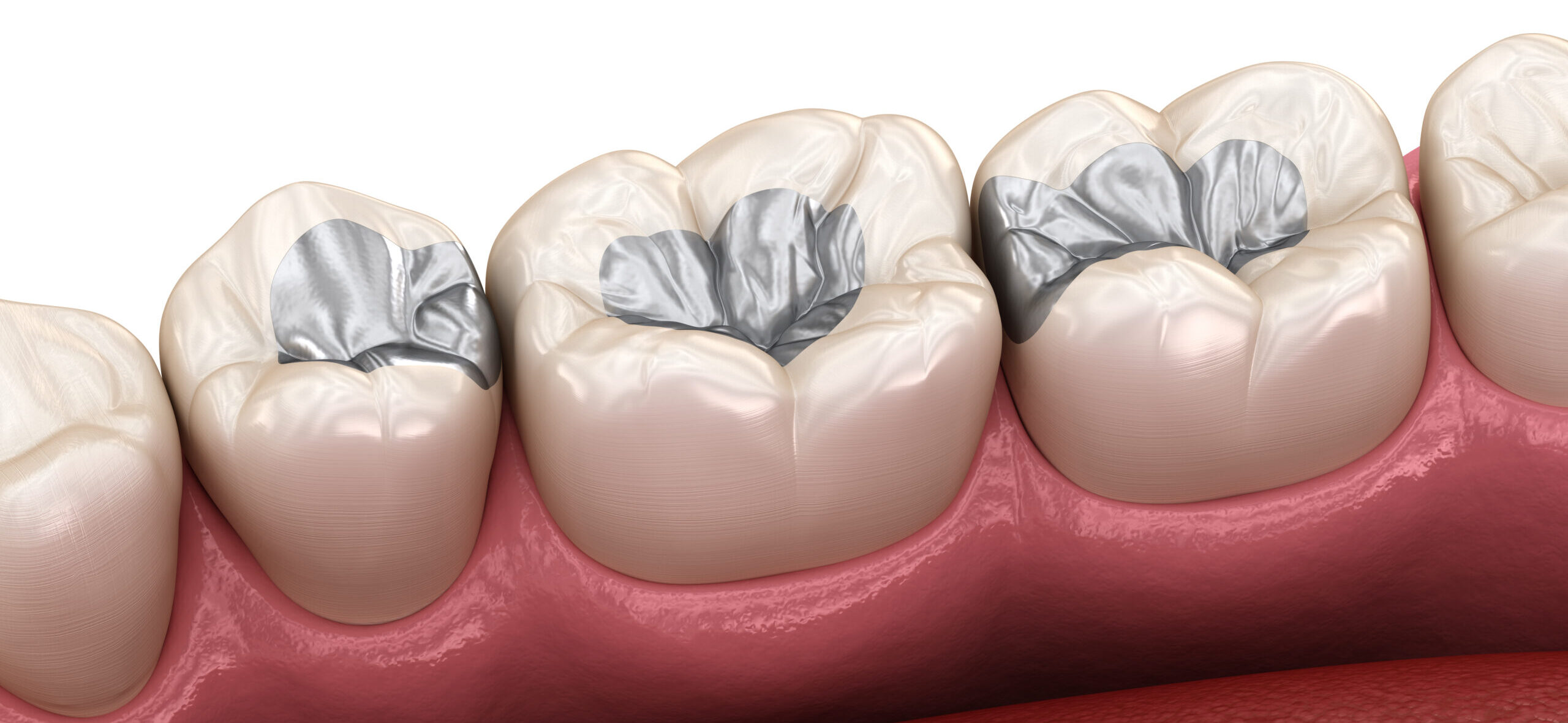
Filling silver in teeth refers to the use of dental amalgam, a durable and long-lasting material used for restoring teeth affected by decay or damage. Dental amalgam is a mixture of metals, including silver, tin, copper, and mercury, which chemically bind together to form a hard, stable filling. Despite its metallic color, which doesn’t match the natural tooth, amalgam is favored in certain scenarios for its strength, durability, and cost-effectiveness. It’s particularly suitable for fillings in the back teeth where chewing forces are greatest.
Amalgam fillings have been used for over a century and are considered safe, although the use of mercury has been a topic of debate. Recent advancements in dental materials have led to increased preferences for tooth-colored alternatives, but silver amalgam remains a reliable choice for certain dental restorations due to its longevity and resistance to wear.
Filling silver in teeth F&Q
Silver fillings, also known as dental amalgam, are made from a mixture of metals including silver, mercury, tin, and copper. Mercury acts as a binder for the metallic particles, creating a durable and stable material.
Silver fillings are used because of their strength, durability, and cost-effectiveness. They are especially suitable for filling cavities in the back teeth, where the chewing pressure is greatest.
Yes, silver fillings are considered safe. Concerns have been raised about the mercury content, but extensive research and clinical studies indicate that when mercury is combined with other metals to form amalgam, it is stable and safe for use in filling teeth.
Silver amalgam fillings are known for their longevity. They can last 10 to 15 years or more, which is often longer than composite (tooth-colored) fillings, depending on the location of the filling and oral hygiene practices.
Yes, silver fillings can be replaced with tooth-colored fillings for aesthetic reasons or if the old filling is damaged or deteriorated. The process involves removing the amalgam filling and replacing it with a composite material that matches the color of the tooth.
The procedure involves removing decay from the tooth, preparing the cavity, and then placing the amalgam material into the cavity. The material is then shaped and polished to ensure a comfortable bite. Local anesthesia is typically used to prevent pain during the procedure.












